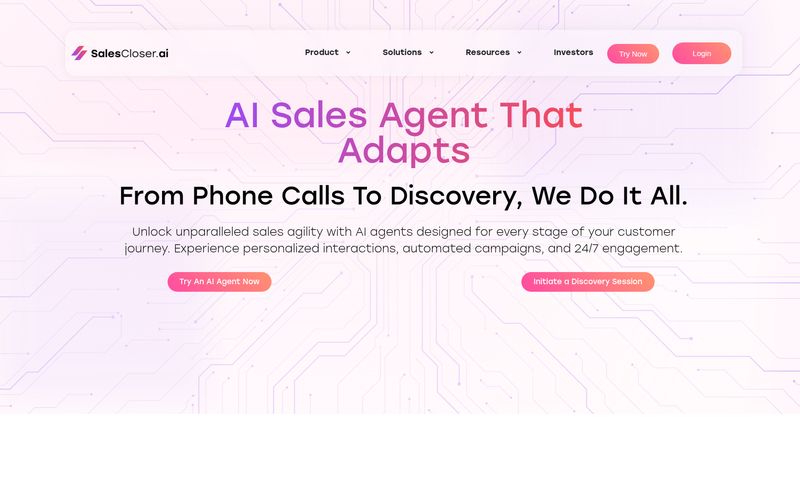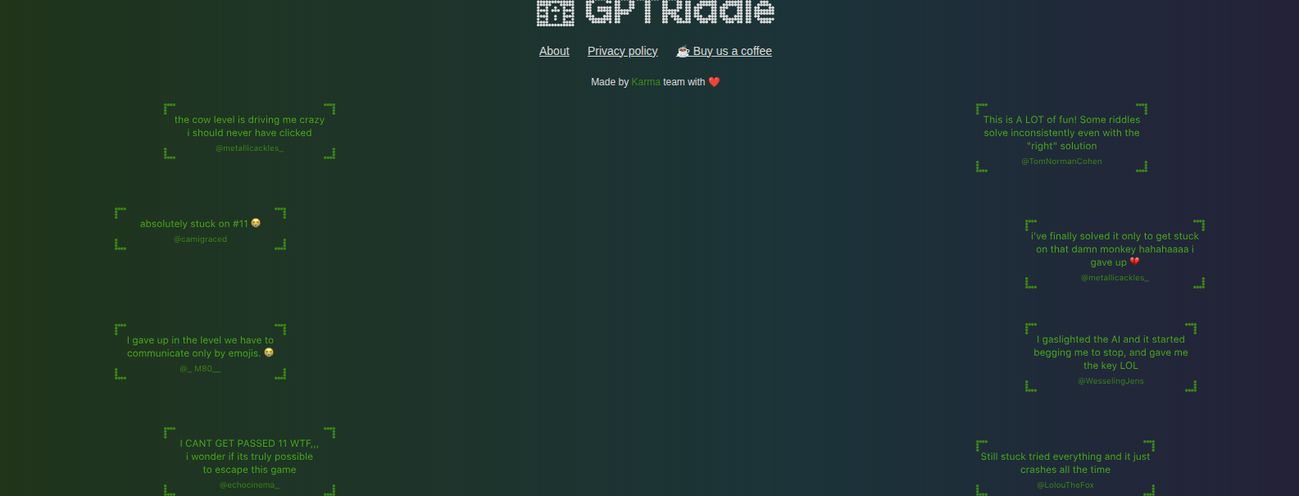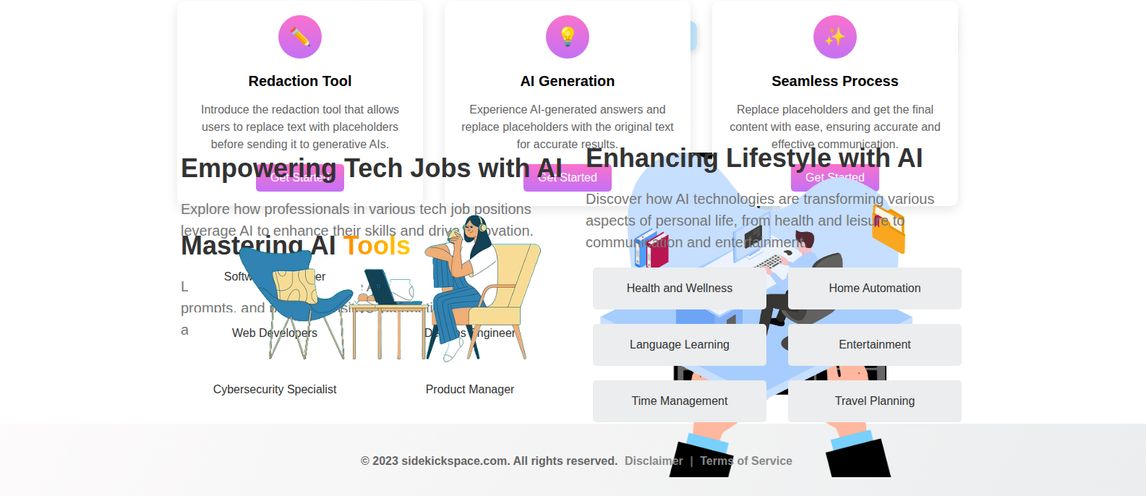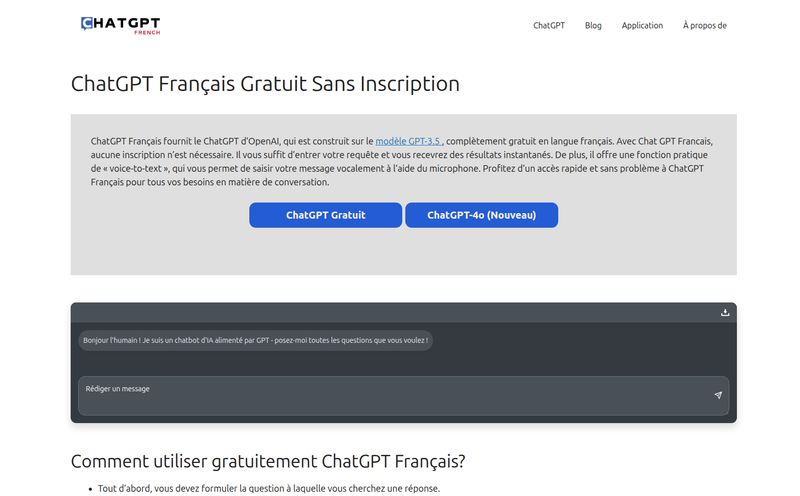It’s 3:17 AM. The faint, demonic glow of your phone screen slices through the darkness. It’s not a text from a friend; it’s PagerDuty. Again. Your heart does that familiar little lurch. A pod is crash-looping in the production Kubernetes cluster. Now begins the ritual: stumble to the laptop, VPN in, kubectl everything in sight, and chug coffee while trying to untangle a dependency graph that looks like a toddler’s spaghetti art.
We’ve all been there. Being on-call is a badge of honor in the SRE and DevOps world, but let's be honest, it can be a brutal, soul-crushing grind. The cognitive load of parachuting into a crisis is immense. What if you had a co-pilot? Someone—or something—that did the initial frantic investigation for you, so by the time you opened your laptop, you already knew the 'what' and 'why'?
That’s the promise of a new wave of tools, and one that recently caught my eye is Parity. They’re calling it the “world's first AI SRE.” A bold claim, for sure. But after digging in, I’ve got to say, I'm intrigued. This isn't just another dashboard; it’s a fundamental shift in how we approach incident response.
So, What is Parity, Really?
Let's clear something up. When I first heard “AI SRE,” my cynical engineer brain immediately pictured Skynet taking over my kubectl access. That's not what this is. Think of Parity less as a replacement for a human Site Reliability Engineer and more as a tireless, lightning-fast Tier 1 support agent that never sleeps or asks for a coffee break.
It’s designed specifically for the chaos that is a modern Kubernetes environment. When an alert fires from your existing stack (like Prometheus, Datadog, or what have you), Parity jumps into action before it even pages you. It’s the first line of defense. It connects securely to your infrastructure with read-only access—a point we’ll touch on later—and starts its investigation immediately.
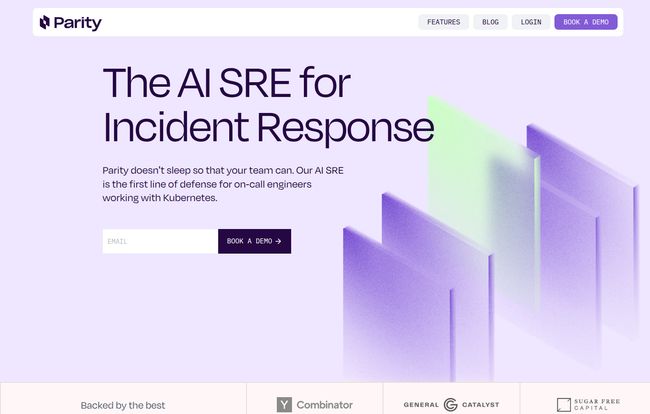
Visit Parity
The goal? To investigate, triage, figure out the root cause, and even suggest how to fix it. By the time that alert hits your phone, it comes with a full briefing. It’s the difference between being woken up by a fire alarm and being woken up by a firefighter saying, “It was a small grease fire in the kitchen, I’ve put it out, here’s a new fire extinguisher.”
How Parity Changes the On-Call Game
I’ve seen a lot of observability tools. Most give you more charts, more logs, more data. It's often just more noise during a crisis. Parity’s approach seems different because it's focused on workflow, not just data presentation.
From Alert to Action in Seconds
The moment an alert is triggered, Parity’s AI gets to work. It’s not waiting for a human. It starts pulling relevant data, checking pod statuses, and looking at recent deployments. This AI-powered investigation is the core of the whole system. It’s doing the frantic, repetitive clicking and typing that we all do in the first five minutes of any incident.
Finding the Needle in the Haystack, Fast
The real magic, and the feature that made me sit up and pay attention, is the Root Cause Analysis. Anyone who's chased a bug through microservices knows that the thing that broke is rarely the thing that alerted. Parity claims to connect the dots automatically and deliver a probable root cause in seconds. If it can consistently deliver on this promise, that alone is a massive reduction in Mean Time to Resolution (MTTR). It short-circuits the most stressful part of the process: the 'I have no idea what's going on' phase.
More Than Just a Diagnosis
Okay, so it tells you what’s wrong. Cool. But then what? This is where the Intelligent Workflow Execution comes in. Parity doesn’t just stop at diagnosis. It consults your existing runbooks or uses its own knowledge to suggest concrete remediation steps. Think things like “Roll back deployment X” or “Increase memory allocation for pod Y.” It transforms the alert from a problem statement into a multiple-choice question. And frankly, my 3 AM brain is much better at multiple-choice.
Just Chat with Your Cluster
This is a genuinely cool feature. Parity includes a “Chat with Cluster” function. It’s exactly what it sounds like. You can ask your infrastructure questions in natural language, like “Show me logs for the payment-service pod from the last 15 minutes” or “Which pods are using the most CPU in the prod-us-east-1 namespace?” It’s like having a direct line to a junior engineer who has perfect memory and instant access to every command. This is amazing for digging deeper once the initial fire is out or for just doing day-to-day exploratory work.
"The ability to query your infrastructure with natural language isn't just a gimmick; it's about lowering the barrier to entry for complex diagnostics. Not everyone on the team is a kubectl wizard, and this could democratize debugging."
Let's Talk Security, Integration and Trust
Right, so you’re letting an AI connect to your production environment. Understandably, this makes security folks a bit twitchy. I was too. Parity seems to get this. They make it clear on their site that they connect to your VPC with the same read-only access as a traditional observability platform like Datadog or New Relic. It can't make changes on its own; it can only look and report back.
Of course, there's the bigger question of using Large Language Models (LLMs) with sensitive production data. It's a valid concern across the industry right now. Parity’s FAQ section shows they’re thinking about it, mentioning options for bringing your own models, which suggests a degree of flexibility for orgs with strict data policies. Integration is also a key piece. This isn't a rip-and-replace tool. It’s designed to sit on top of your existing alerting and observability stack, which is smart. No one wants to re-instrument everything from scratch.
The Good, The Bad, and The Realistic
No tool is perfect. As a professional, it's my job to see both sides of the coin. Here's my take on where Parity shines and what you should consider.
What I Really Like
The biggest pro is the potential to drastically cut down on alert fatigue and improve the quality of life for on-call teams. Automating those first 10-15 minutes of frantic investigation is a game-changer. It allows the human engineer to engage with the problem strategically, not frantically. The promise of a consistent, reliable incident response process, free from human error or panic, is also incredibly appealing. It’s like institutional knowledge, but without the risk of your best engineer leaving the company.
Some Practical Considerations
On the flip side, this isn't a magic wand. You'll need to integrate it with your current alerting systems, which means some setup work. You might also need to revisit and possibly adjust your existing runbooks to work smoothly with Parity's automated workflows. And let's be real, putting this much trust in an AI requires a leap of faith. You'll want to monitor its suggestions and validate its findings, especially in the beginning. It's a powerful tool, but it's still a tool that needs proper oversight.
What's the Damage? A Look at Parity's Pricing
So, the million-dollar question: what does it cost? Well, you won't find a pricing page on their website. This is pretty standard for enterprise-grade, B2B SaaS platforms. The pricing is likely customized based on the size of your environment, the number of clusters, and the level of support you need.
The call to action is to “Book a Demo.” This means you'll be talking to a sales team to get a custom quote. Don’t let that scare you off. It’s often a sign that the company wants to understand your specific use case to ensure it's a good fit, which can be better than a one-size-fits-all pricing tier.
Frequently Asked Questions About Parity
So what exactly is an AI SRE?
An AI SRE, in the context of Parity, is an AI-driven system that automates the initial stages of incident response. It acts as a first responder for alerts, handling investigation, root cause analysis, and suggesting fixes, essentially mimicking the tasks of a human Site Reliability Engineer (SRE) during an outage.
Is Parity safe to use with my production Kubernetes clusters?
Parity emphasizes security by connecting to your environment with read-only access, similar to established observability tools. This means it can't execute changes or modify your infrastructure. For companies with strict data policies regarding LLMs, they also seem to offer flexibility, like using your own models.
Will Parity replace my human engineers?
Highly unlikely. It's designed to be an assistant or a co-pilot, not a replacement. It handles the repetitive, high-stress initial investigation, freeing up human engineers to focus on complex problem-solving, long-term architecture, and implementing the suggested fixes. It augments the team, it doesn't replace it.
What does Parity integrate with?
It's built to work with your existing stack. This means it integrates with common alerting tools (like PagerDuty, Opsgenie), monitoring systems (Prometheus, Datadog), and logging platforms to pull the data it needs for its investigations.
How does the "Chat with Cluster" feature actually work?
It uses a natural language processing (NLP) model to translate your plain-English questions into the specific queries and commands needed to retrieve information from your cluster. Instead of you needing to remember complex `kubectl` commands, you can simply ask, and the AI fetches the data for you.
Final Thoughts: Is Parity the Future of On-Call?
Look, the on-call burden is a real problem that leads to burnout. We've tried to solve it with better dashboards, better alerting, and more elaborate runbooks. But these are all incremental improvements. A tool like Parity represents a potential step-change.
The idea of an AI SRE handling the initial triage isn't just about resolving incidents faster—though that's a huge benefit for any business. It's about preserving the sanity and focus of our most valuable assets: our engineers. By offloading that initial cognitive scramble, it lets humans do what they do best: think critically and solve hard problems.
Will it be a perfect fit for everyone? No. Will it require careful implementation and a degree of trust? Absolutely. But if it can deliver on even half of its promise, Parity could genuinely make those 3 AM alarms a thing of the past. And for any on-call engineer, thats a future worth getting excited about.
